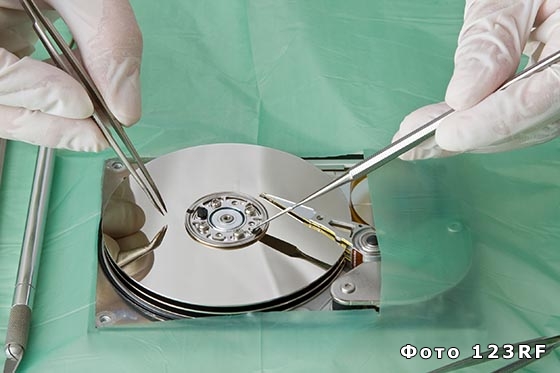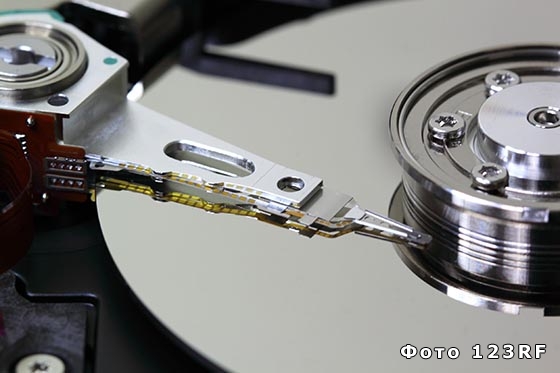What is a hard drive and why is it in a computer?
One of the main components of any computer is a hard magnetic disk, which is used as a storage device for permanent information.
This device has several "informal" names: hard disk, hard drive or "screw".
Why is a hard drive called a hard drive?
Winchesters began to be called hard drives in the United States in the 70s of the twentieth century. Then IBM released the first analogue of modern hard drives: a device consisting of two cabinets, inside of which there were magnetic disks with a capacity of 30 MB each.
It was marked with the inscription "30x30" - exactly the same inscription was present on the rifle of the well-known Winchester company. At first, hard drives were called "hard drives" as a joke, but soon the name was firmly entrenched in them and became almost official.
How is a computer hard drive arranged?
The principle of a hard disk drive has remained unchanged for several decades. Of course, the technical details have undergone major changes, but the main design features have remained the same as they were forty years ago.
The Winchester is a series of thin glass or aluminum disks, on the surface of which a thin layer of chromium dioxide is deposited. The discs are fixed strictly parallel to each other on the spindle and covered with an aluminum case. In addition, inside the case is a block of magnetic heads.
The electric motor sets the disks in motion, and they begin to rotate at a constant speed. The resulting air currents keep the heads at some distance from the surface of the discs, so that it does not leave scratches or scuffs.
The top layer of a hard disk is used for writing and reading information. This work is performed by magnetic heads that move over the surface of the disks, finding the desired positions by special marks on the disk.
Of course, the diameters of modern hard drives have significantly decreased compared to the first models, and the information capacity, on the contrary, has increased hundreds of thousands of times. However, the first hard drives had approximately the same fundamental device.
Writing information to the hard drive
The process of writing and reading information is based on a binary code: the presence or absence of a signal. The information block encrypted in this way, converted into electric current oscillations, is fed to the block of magnetic heads of the hard drive. 
The heads find the desired section of the disk and convert current fluctuations into magnetic field fluctuations. In this case, microscopic areas are created on the surface of the disk: some are magnetized, others are not magnetized. The binary code of the record is thus transferred to the hard drive.
The process of reading information looks similar: a block of magnetic heads passes over the desired section of the disk, and due to the presence of fluctuations in the magnetic field generated by the surface of the disk, the electrical voltage in the heads either increases or decreases.
The read information enters, where it is processed and displayed on the screen. The monitor shows us the text or image that is stored on the hard drive.
Formatting the hard drive
The process of formatting a hard drive is like erasing information from a blackboard. Magnetic heads completely destroy everything that was previously recorded on the disk, and break its surface into sectors for new recordings. Brand new discs are also formatted: this is necessary to streamline the writing and reading process.
Presentation of information on the hard drive
Information is written to the hard drive not randomly, but in the form of circles (tracks) located one inside the other. A hard drive consists of several disks, and each head is "responsible" for one side of one disk, but they all move at the same time to the same depth.
Therefore, information is recorded on several discs at once, the tracks of which form a cylindrical surface. Disks are divided into sectors, with one sector track containing 512 bytes.
The logical representation of information is different from its physical layout. During formatting, the hard drive is divided into so-called logical drives, each of which is indicated by a Latin letter. The size of each logical disk is assigned arbitrarily, at the request of the computer owner. 
This presentation of information is chosen for the convenience of users. To translate logical coordinates into physical ones, there is a special translator located in the hard drive case.






